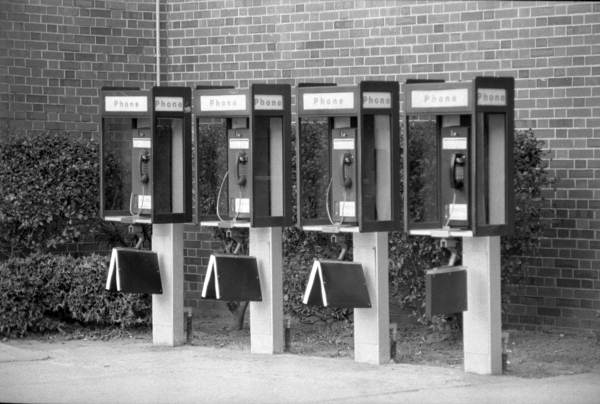
This week’s episode of The Secret Life of Machines looks at telephone technology, which remained surprisingly unchanged for most of the twentieth century. Hosts Tim Hunkin and Rex Garrod open the program by demonstrating how just the basic components of a telephone – the earpiece and the microphone – can be hooked together and used to communicate over short distances with no additional electronics.
Hunkin then explains that the principal of electromagnetism makes this possible. The electromagnetism discussion begins with a look at the telegraph, which Hunkin calls the technological forerunner of the telephone. In fact, Alexander Graham Bell set out to improve on Samuel Morse’s telegraph system but inadvertently discovered that sound waves could be transmitted via electromagnetic pulses.
Hunkin demonstrates this concept with a set of stereo speakers, showing that sound in one creates an electromagnetic current that can be reproduced by reversing the process – i.e., but allowing an electromagnet to vibrate the diaphragm – in another. Refinements to the microphone by Thomas Edison including the use of carbon granules to create the variations in the electrical pulse allowed Bell’s company to rapidly build a customer base.
The nostalgia content in this episode runs slightly higher than in others in the series so far, due in part to the extensive use of archival stock footage (be prepared for a disproportionate amount of singing about telephones) but also simply because telephone technology has evolved so drastically in the 24 years since this program was put together. Hunkin does include a bit toward the end of the program regarding cordless phones and cellular telephones, but even this feels dated due to the early state of the technology at the time of filming. Much of the discussion of electromagnetic (“click and bang”) call switching was fast becoming obsolete even as the program originally aired, although for those of us born in the prior century it serves as an interesting overview of way rotary phones worked. Stay tuned through the end of the program for a stop-motion/marionette segment featuring various novelty phones.



